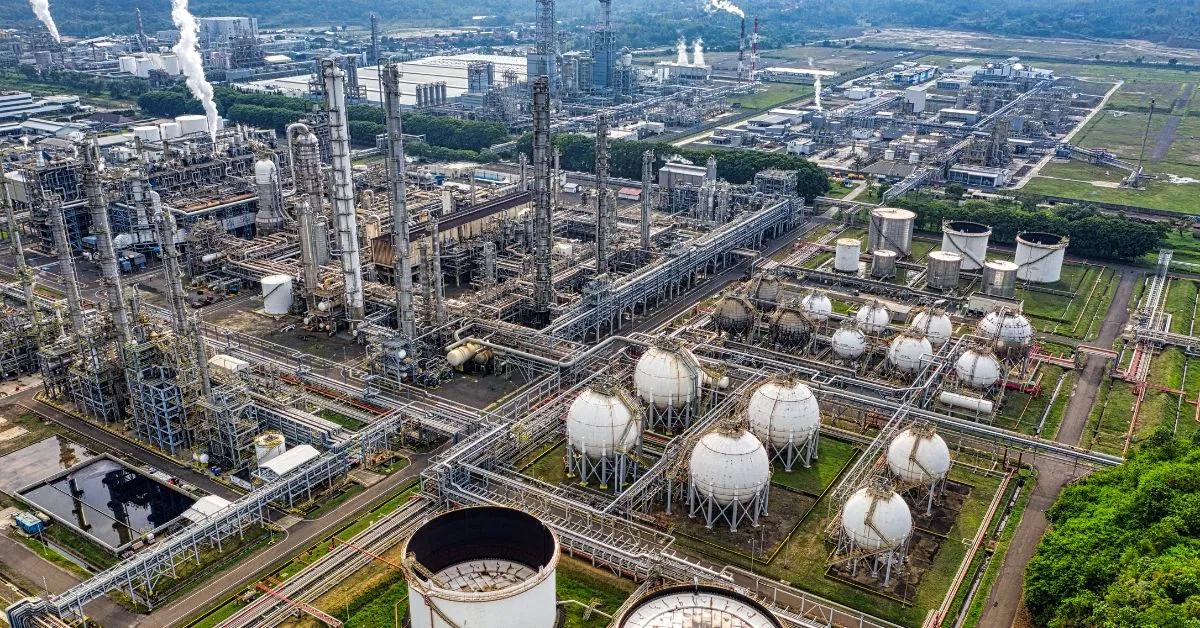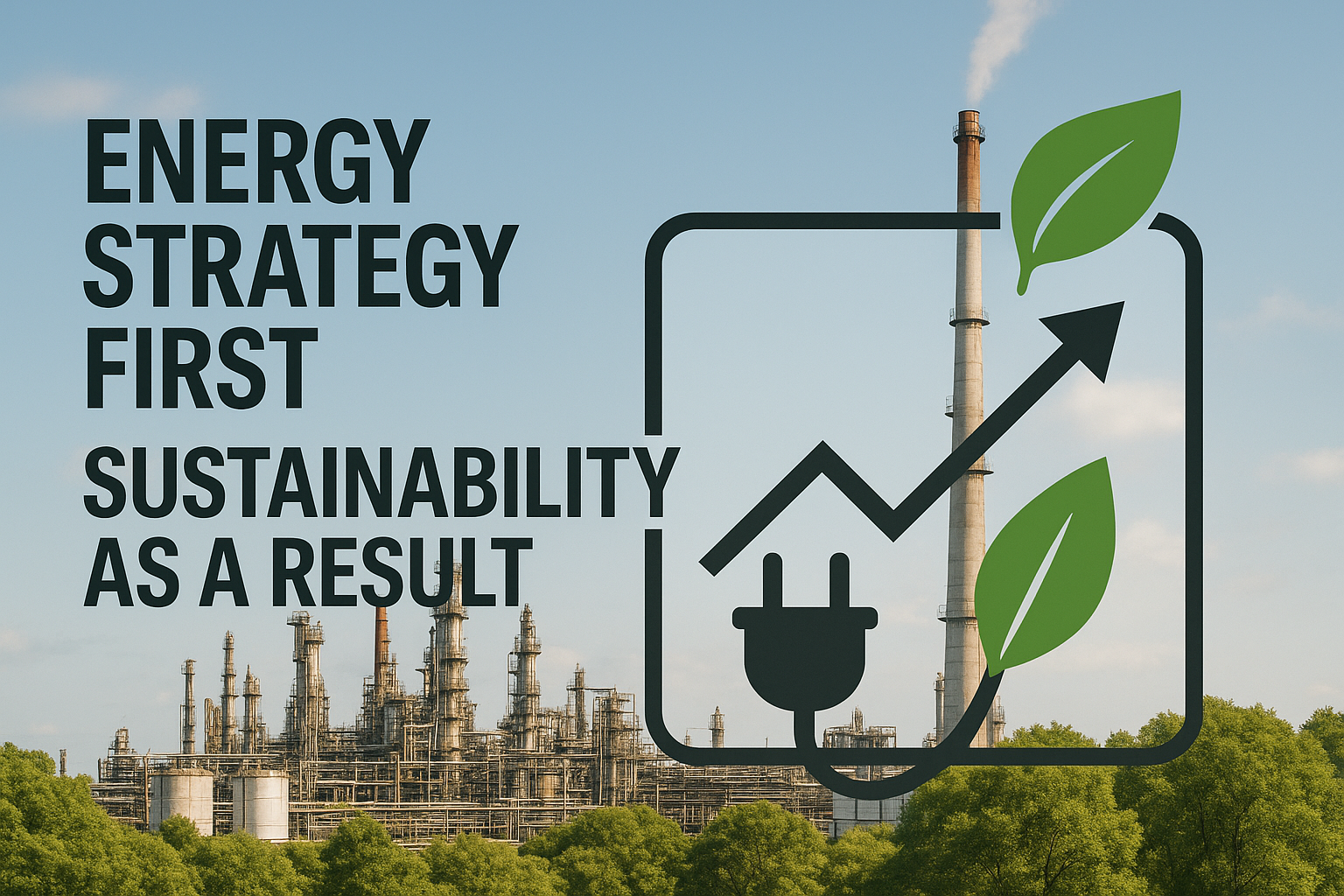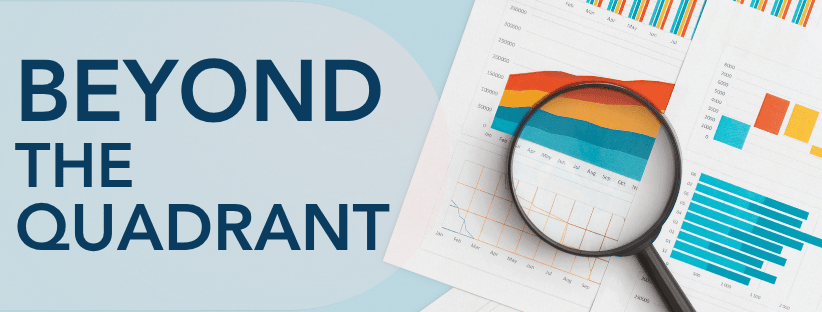Closed Loop AI Optimization (AIO) is an advancement in the area of process control and real-time optimization where AI systems automatically adjust operational parameters in real-time without human intervention to meet specific performance goals. Unlike traditional control systems that rely on fixed rules or periodic tuning, AIO learns continuously from live data, predicts optimal outcomes, and takes action instantly to optimize processes.
AI is transforming manufacturing across sectors from cement and refining to chemicals and general industrials. According to a McKinsey report on Industry 4.0, manufacturers that implemented AI-driven technologies have seen:
- 10–30% Increase In Throughput: More high-quality products made in the same amount of time.
- 15–30% Gains In Labor Productivity: The system handles routine decisions and allows operators to focus on higher-value tasks.
- 30–50% Less Unplanned Downtime: AI predicts problems early, avoiding disruptions and costly repairs.
These are real outcomes from actual plants using the technology. Closed loop AI Optimization replaces manual, reactive adjustments with fast, predictive action. It constantly learns from real-time data and fine tunes operations without adding work for operators.
For decision-makers, the payoff is quick. Most companies recover their investment in under six months, which is an impressive turnaround for companies used to years-long payback periods of traditional automation projects. The combination of fast ROI and clear performance improvements makes AIO a smart investment for manufacturers aiming to stay competitive.
This guide will help you evaluate if Closed Loop AI Optimization is right for your business. It explains the core concepts, how to pilot and deploy it, what’s needed to integrate it, key financial factors, and examples from different industries. Our goal is to give you a practical roadmap to start achieving real results.
A New Category in Process Optimization: Closed Loop AI in Action
Closed Loop AI Optimization (AIO) is redefining how industrial facilities approach process control. Recognized in ARC Advisory Group’s 2024 market study as a distinct category, AIO refers to self-learning systems that connect real-time data, machine learning, and autonomous control into a continuous optimization loop.
Unlike traditional optimization tools that rely on manual intervention, AIO systems use advanced algorithms—such as neural networks—to directly control operations. At the center is an intelligent agent trained on plant data that acts on learned experience to maximize a user-defined reward, whether it’s efficiency, reliability, or sustainability.
This represents a shift from static models to adaptive systems that respond dynamically to variability and changing conditions. As a result, operators gain a more scalable, intelligent approach to plant performance—one that reduces complexity while aligning with broader business goals.
Imubit leads this emerging space with extensive deployment of reinforcement learning in live industrial environments. Its approach helps operators overcome the limitations of legacy APC and achieve continuous, autonomous optimization at scale.
The Fastest Way to Pilot Closed Loop AI
Launching a closed loop AI optimization project can appear daunting given the complexity of manufacturing processes and data infrastructure. However, a carefully designed pilot program can deliver meaningful results within just 12 weeks, minimizing risk and building internal confidence.
Identify a High-Impact Process Unit
The first step is to identify a high-impact process unit that stands to benefit the most from optimization. Ideal candidates typically show variable performance, frequent manual adjustments by operators, or significant energy consumption. Choosing a process with a well-understood operating range and rich historical data ensures the AI can be trained effectively.
Collect High-Resolution Historical Data
Next, collect historical data from your plant historian, ideally spanning multiple years to provide a rich foundation for AI model training. While many customers supply several years of data, successful pilots have also been achieved with as little as 3 to 6 months of high-quality data. Key process variables should include temperatures, pressures, flow rates, and product quality indicators. Generally, the more data available, the stronger and more robust the AI model becomes, as it can better learn the complex relationships and variations within the process.
Train the AI Model Offline
With the data in hand, AI models are trained offline in a controlled environment. Here, different algorithms are tested and validated against historical outcomes without affecting live operations. This step is critical to refine the model’s accuracy and reliability before it touches the actual plant.
Deploy in Advisory Mode
Following training, the AI model is deployed in a virtual “shadow” mode alongside existing control systems. This phase provides operators and engineers with real-time recommendations without automatic control changes, allowing them to observe and build trust in the system’s suggestions.
Move To Closed Loop Control
Once confidence is established, the system moves into full closed loop mode with operator oversight and override capabilities. Controls adjust process setpoints autonomously within predefined safety boundaries, and operators retain the ability to intervene if necessary. As trust grows, constraints can be relaxed to unlock greater optimization potential.
This structured pilot approach balances speed with safety, delivering measurable value in weeks rather than months or years. Pilot success is measured not only by operational gains such as energy saved or downtime reduced but also by team acceptance and readiness for scale-up.
How Closed Loop AI Works Under the Hood
Understanding the technical foundation of closed loop AI optimization helps explain why it achieves superior results compared to conventional approaches.
At its core, the system operates in a continuous three-phase feedback loop:
Data Acquisition
The AI continuously collects high-resolution process data from sensors, historians, and control systems. Unlike traditional systems that may sample data only every few minutes or hours, modern closed loop AI platforms ingest thousands of data points per second. This granularity captures subtle process fluctuations and transient events that human operators or rule-based systems miss.
Data Processing
The AI engine combines deep learning with reinforcement learning techniques to analyze the real-time data. Deep learning helps the system understand complex nonlinear relationships between process variables, while reinforcement learning enables it to learn optimal control strategies by trial and error in a simulated environment. This adaptive capability allows the AI to improve over time, incorporating new data and evolving plant conditions.
Automatic Adjustment
Based on the insights generated, the AI automatically adjusts process setpoints by writing back commands to the Distributed Control System (DCS) or Programmable Logic Controllers (PLCs). For example, in a refinery’s fluid catalytic cracking unit, the AI might adjust reactor temperatures, catalyst circulation rates, and feed flow in real time to maximize yield while maintaining product quality and safety limits.
This entire loop repeats every few minutes, enabling the plant to continuously adapt and optimize. Traditional optimization methods might update setpoints weekly or monthly, missing short-term opportunities and exposing plants to avoidable risks. Closed loop AI’s dynamic control results in a process that becomes smarter and more efficient with each operational cycle.
Step-By-Step Implementation Roadmap
Deploying closed loop AI Optimization (AIO) requires a structured approach that balances technical readiness with operational acceptance.
Stage 1: Assess Readiness
Begin by prioritizing candidate process units based on optimization potential and infrastructure maturity. The output is a shortlist of units suitable for pilot deployment. Common risks at this stage include poor sensor health or inadequate data coverage, which must be addressed before moving forward.
Stage 2: Secure Data Infrastructure
Next, ensure reliable, secure access to high-resolution data streams from process historians and sensors. This step often involves IT and OT teams working together to establish cybersecure OT-IT bridges and validate data quality.
Stage 3: Model Development
Data scientists train predictive models using historical plant data, refining algorithms to accurately represent process behavior and constraints. Addressing data quality issues such as sensor drift is critical to prevent model degradation.
Stage 4: Virtual Testing
Models are tested in a sandbox environment alongside existing control systems. This stage builds operator trust and verifies the AI’s recommendations without risk to live operations.
Stage 5: Go Live
With oversight and manual override controls in place, the system begins closed loop optimization. Change management and operator training ensure smooth adoption.
Stage 6: Continuous Optimization
Ongoing monitoring, quarterly retraining, and periodic reviews maintain system performance as plant conditions evolve.
At each stage, formal checkpoints involving leadership and operations teams help manage risks and facilitate communication.
Technology And Integration Requirements
Closed loop AI Optimization (AIO) integrates with existing control architectures without requiring costly overhauls. Critical prerequisites include a high-resolution historian capable of capturing frequent data samples, and control system access that allows AI to write back setpoints.
A secure OT-IT bridge ensures safe communication between operational technology and computational resources. Computing infrastructure may be on-premises or hybrid cloud, providing sufficient processing power for real-time AI computations.
Cybersecurity is essential; SOC 2-level protocols safeguard data integrity and prevent unauthorized access. The system must handle data latency and integration standards to ensure timely and accurate control adjustments.
This technology is adaptable across sectors, complying with strict industry regulations from pharmaceuticals to heavy manufacturing.
AIO Is Not The Future. It’s The New Foundation.
By enabling real-time, self-learning control, Closed Loop AI Optimization (AIO) helps plants operate more efficiently, reduce variability, and utilize existing resources more effectively. Across industries, this shift from manual tuning to autonomous optimization is delivering tangible, sustained improvements.
At Imubit, we’ve worked closely with operators and engineers to design and deploy closed loop AI systems in complex environments, from refining and chemicals to cement and general manufacturing.
If you’re ready to explore the potential of Closed Loop AI Optimization at your site, start with a free AIO assessment tailored to your operations. Discover how intelligent, self-optimizing control can unlock new levels of performance, reliability, and agility—no guesswork required.




